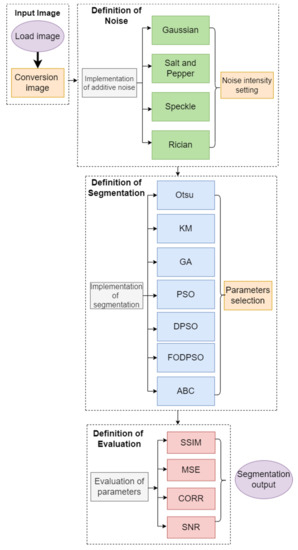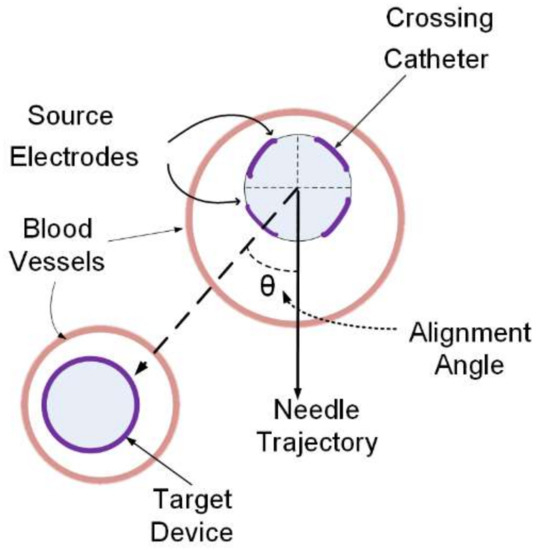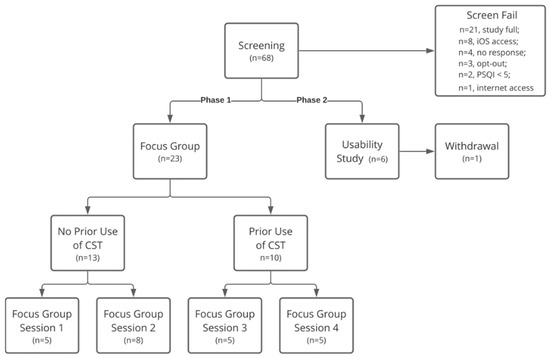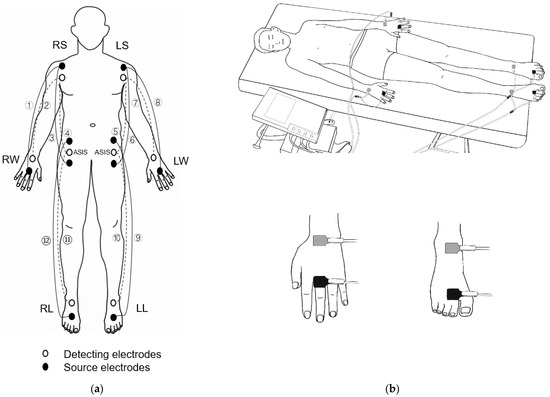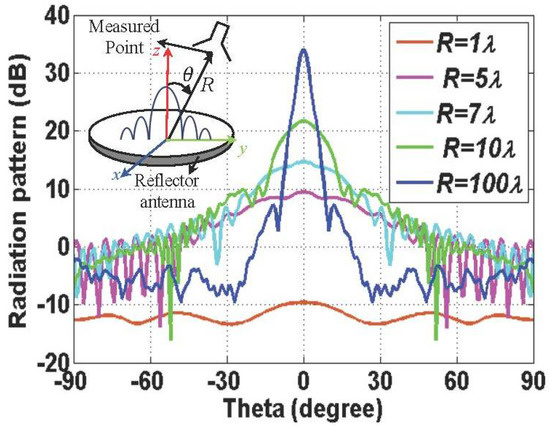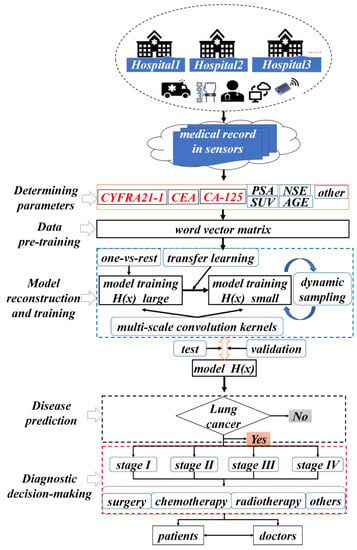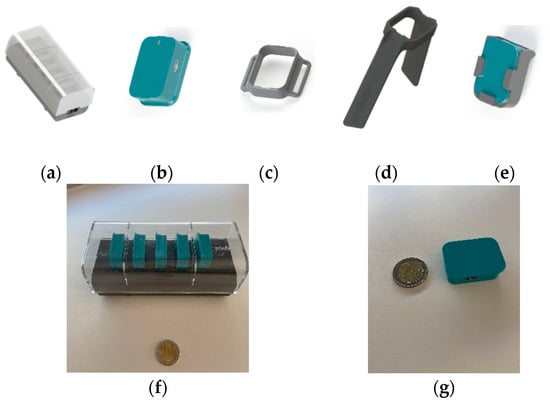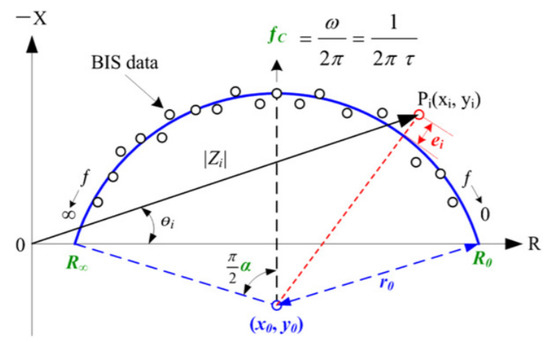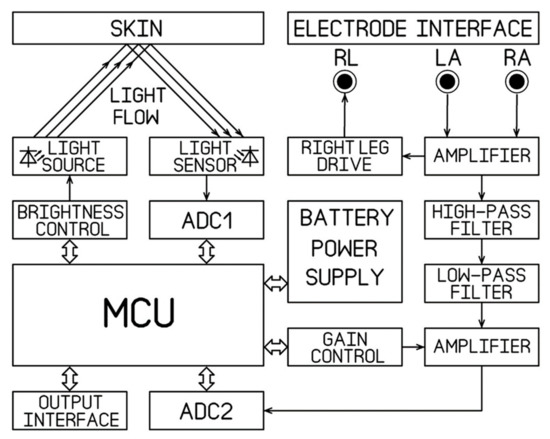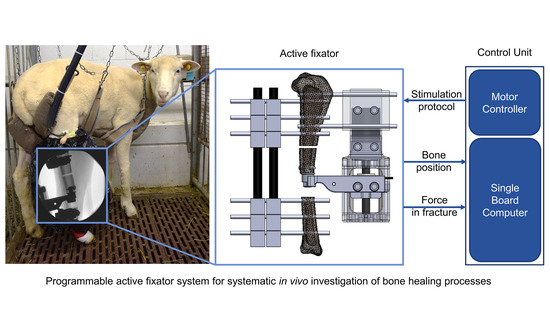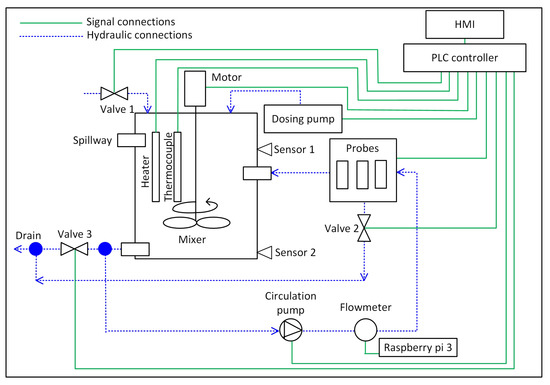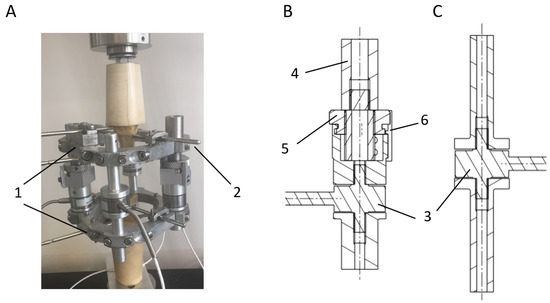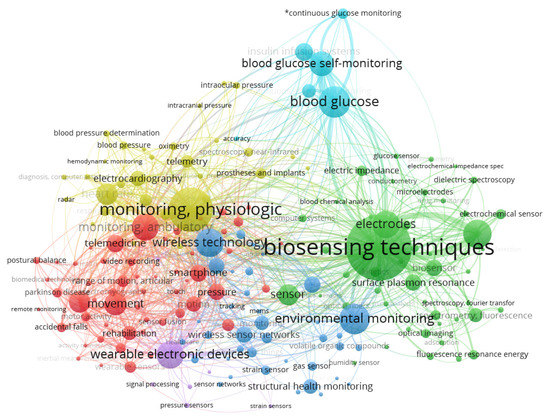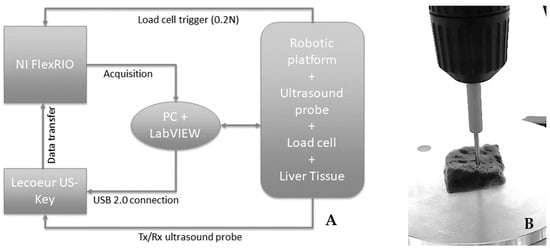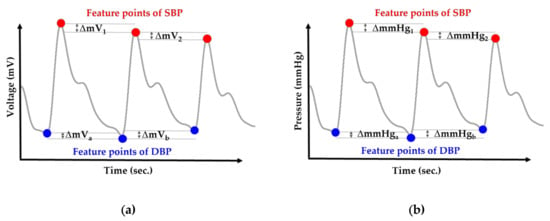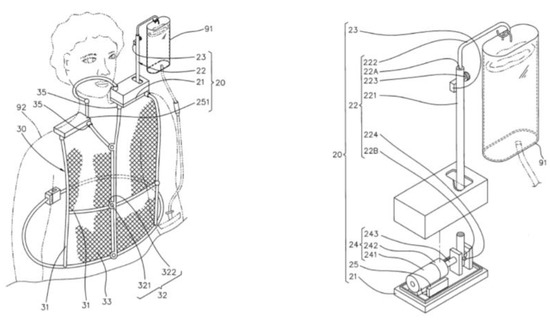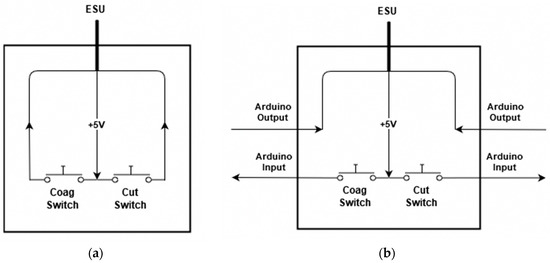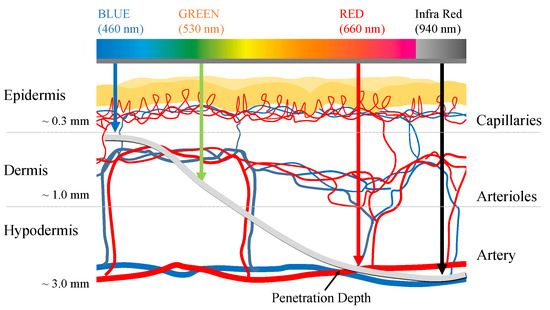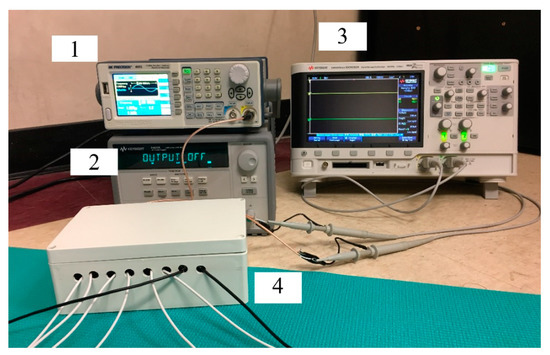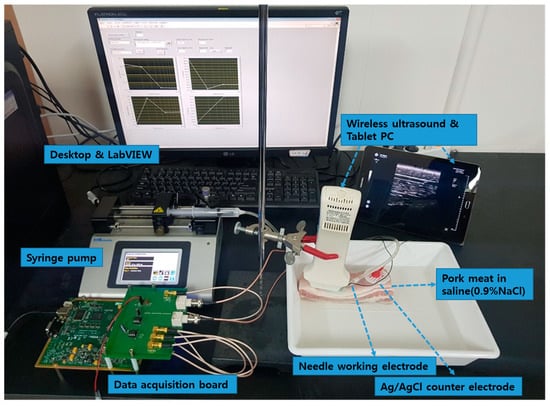Medical Applications of Sensor Systems and Devices
A topical collection in Sensors (ISSN 1424-8220). This collection belongs to the section "Biomedical Sensors".
Viewed by 208330Editor
Interests: assistive technologies; biomedical signal and image processing; human-system interaction; computational intelligence; medical electronics
Special Issues, Collections and Topics in MDPI journals
Topical Collection Information
Dear Colleagues,
Sensors are a dynamically developing engineering technology with a wide range of applications. In particular, they are becoming an indispensable part of everyday health monitoring systems used in hospital environments and ambulatory care. Sensors differ in size (operating from nano to macro scales) and in their principle of operation (measuring physical or bio-chemical quantities). They may be located in the vicinity of the human body, on-body or in-body. They can deliver medical data of many modalities, and assist patients with failing sensory abilities.
The aim of this Topical Collection is to provide a comprehensive appraisal of state-of-the-art systems employing innovative sensing schemes, which are predicted to have an important role in the successful implementation of the P4 medicine vison, i.e., a medicine that is predictive, preventive, personalized, and participatory. We, therefore, wish to look at complete sensor devices and systems from the perspective of their most promising medical applications, which could contribute to truly innovative pervasive healthcare solutions for prevention, diagnosis, treatment, and rehabilitation procedures.
Topics of interest include, but are not limited to the following:
- Implantable sensor systems
- Biosensors
- Material-tissue interfaces
- Metamaterial sensors
- MEMS sensors
- Sensor systems in operating rooms
- Rehabilitation applications
- VR applications
- Vital signs monitoring
- Monitoring of psychological disorders
- Remote sensing
- Sensor signal processing
Prof. Dr. Pawel Strumillo
Collection Editor
Manuscript Submission Information
Manuscripts should be submitted online at www.mdpi.com by registering and logging in to this website. Once you are registered, click here to go to the submission form. Manuscripts can be submitted until the deadline. All submissions that pass pre-check are peer-reviewed. Accepted papers will be published continuously in the journal (as soon as accepted) and will be listed together on the collection website. Research articles, review articles as well as short communications are invited. For planned papers, a title and short abstract (about 100 words) can be sent to the Editorial Office for announcement on this website.
Submitted manuscripts should not have been published previously, nor be under consideration for publication elsewhere (except conference proceedings papers). All manuscripts are thoroughly refereed through a single-blind peer-review process. A guide for authors and other relevant information for submission of manuscripts is available on the Instructions for Authors page. Sensors is an international peer-reviewed open access semimonthly journal published by MDPI.
Please visit the Instructions for Authors page before submitting a manuscript. The Article Processing Charge (APC) for publication in this open access journal is 2600 CHF (Swiss Francs). Submitted papers should be well formatted and use good English. Authors may use MDPI's English editing service prior to publication or during author revisions.
Keywords
- Sensor networks
- Biosensing
- Wearable sensors
- Rehabilitation engineering
- Metamaterials
- Pervasive healthcare and e-health
















